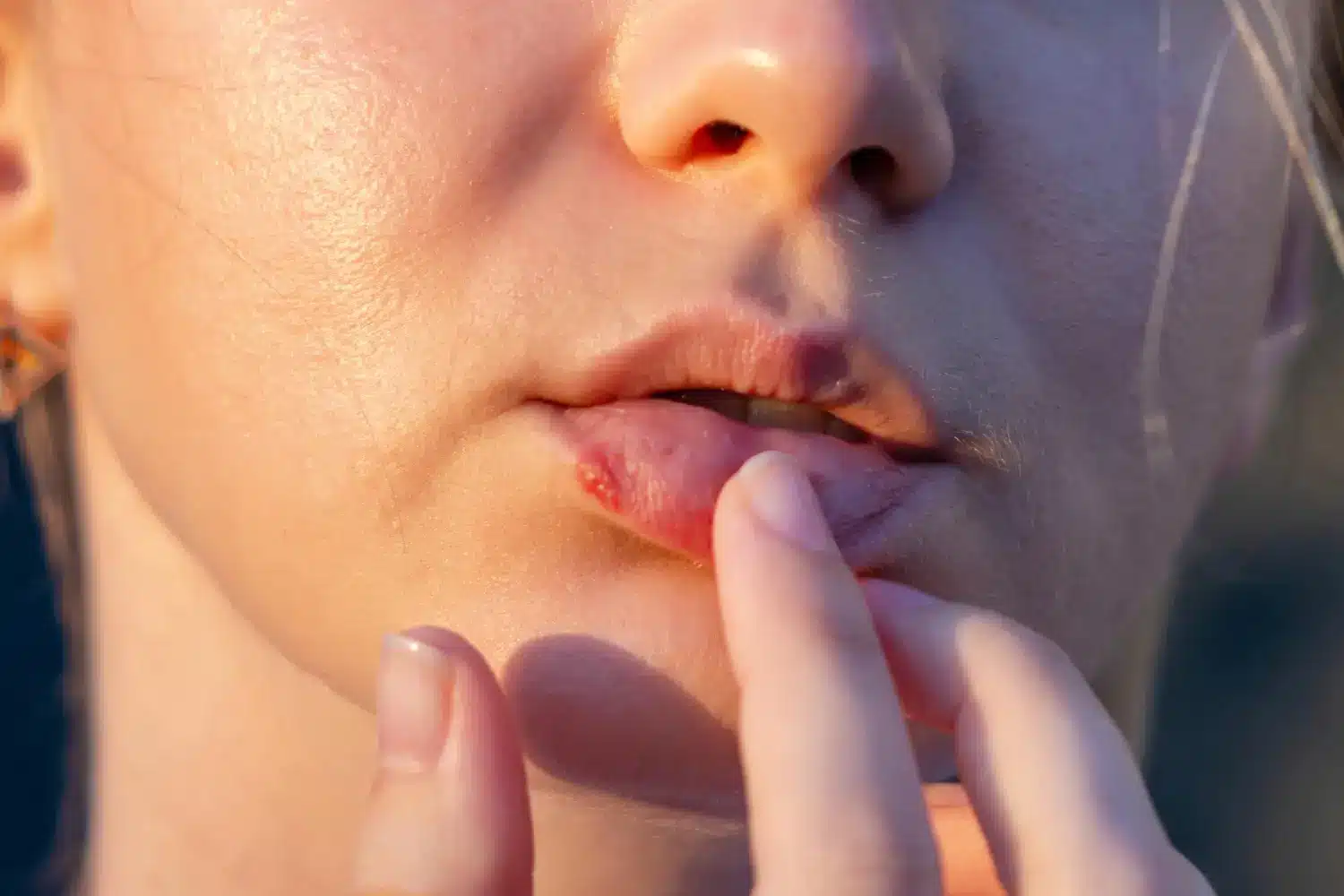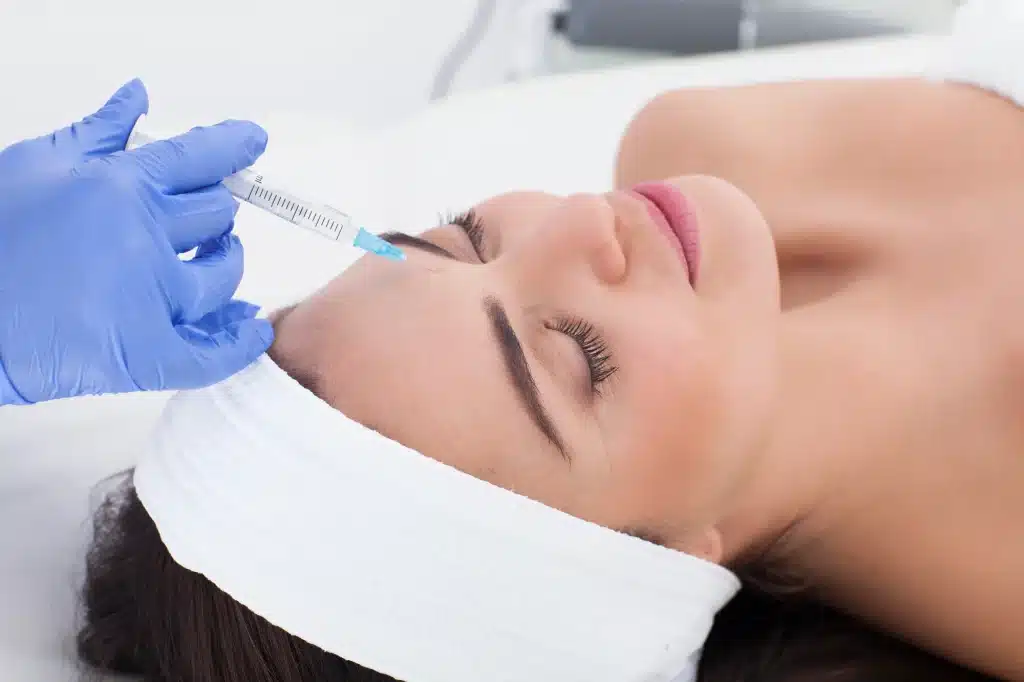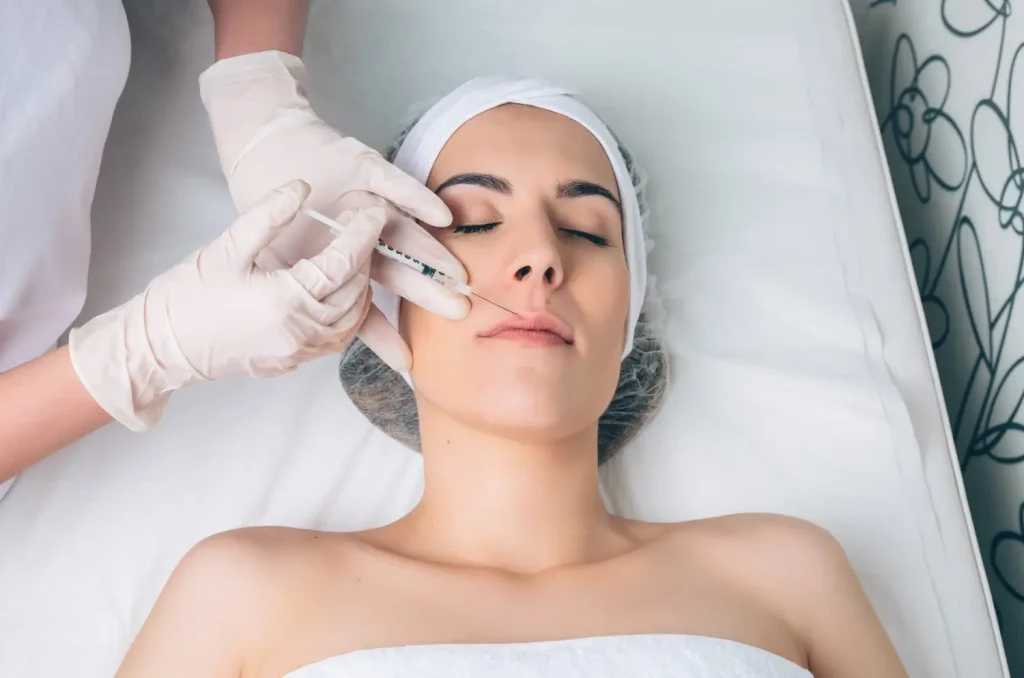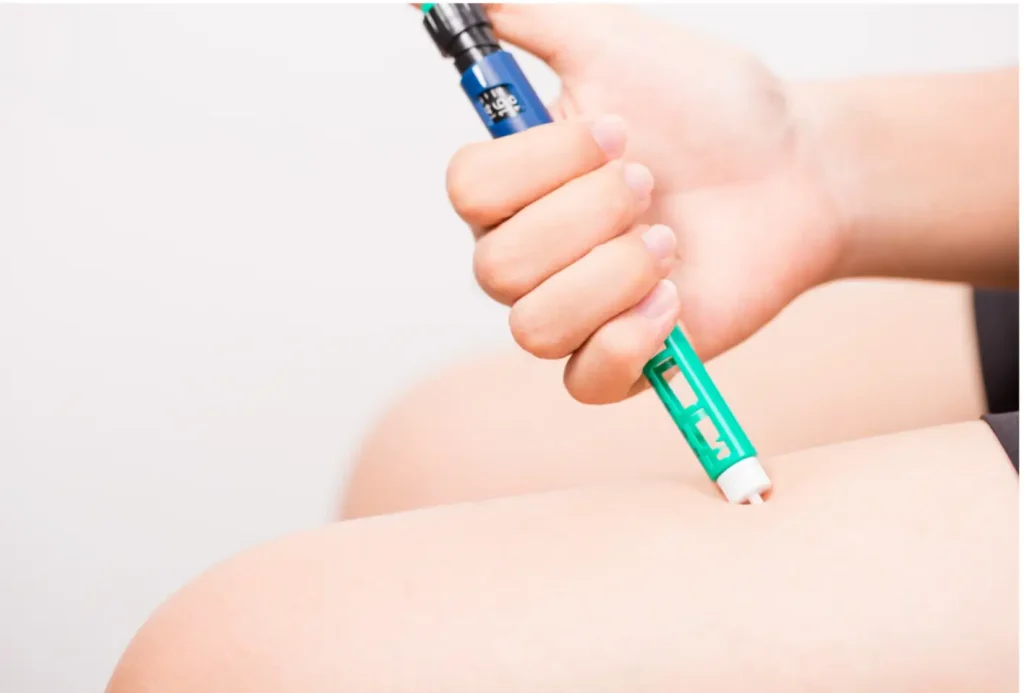Believe it or not, cocaine was the first topical anesthetic used in medicine, discovered in the late 1800s when doctors noticed its numbing effects. Thankfully, medicine has come a long way since then. Various expert reviews have confirmed that today’s modern topical anesthetics offer safer and more effective relief for a wide range of medical and cosmetic procedures.
One trusted option is EMLA cream, a blend of lidocaine and prilocaine designed to numb the skin. When applied correctly, it can make everything from needle pricks to laser treatments much more comfortable. But how and when you apply it can vary depending on the procedure, the person’s age, and whether the skin is intact.
In this article, we’ll walk you through the step-by-step instructions for using EMLA cream safely and effectively. We’ll also explore its most common use cases, so you know when—and how—it can help reduce discomfort during treatment.
Key Takeaways
- EMLA cream is a topical anesthetic that combines lidocaine and prilocaine to numb the skin before medical or cosmetic procedures.
- Proper use involves cleaning the skin, applying a thick layer without rubbing, covering with an occlusive dressing, and waiting at least 60 minutes before removing it.
- Common applications include injections, blood draws, laser treatments, and microneedling, but only on intact skin.
- Procedures must begin within 30 minutes of cream removal to ensure maximum numbing effectiveness.
- EMLA should never be applied to burns, damaged skin, mucous membranes, or near the eyes without medical supervision, as it carries an increased risk of systemic absorption and side effects.
- Timing, dosing, and skin integrity are critical for safe and effective use.
- Always follow official guidelines and consult a healthcare provider if unsure about the application, especially for children or sensitive areas.
About: Medical Spa RX provides medical practices with premium products at the best prices. If you’re looking to buy EMLA Cream online for your practice, the sales representatives at Medical Spa RX can give you guidance.
Step-by-Step EMLA Application for Optimal Results
Using EMLA cream properly is key to achieving effective numbing and avoiding unwanted side effects. Whether it’s for a blood draw, cosmetic procedure, or minor dermatologic treatment, following a structured application process helps ensure a safe and comfortable experience. Here’s a seven-step guide to applying EMLA correctly:
Step 1: Clean the Skin
Gently wash and dry the treatment area using mild soap and water. The skin must be intact, unbroken, and free from irritation. Avoid applying EMLA to cuts, burns, or inflamed areas, as this can increase the risk of excessive absorption and irritation.
Step 2: Measure the Cream
Use the exact dose prescribed by your provider. For adults, this is typically 2.5 grams per 20–25 cm². Children require strictly age- and weight-based dosing, so parents or caregivers should always refer to pediatric guidelines or consult a healthcare professional.
Step 3: Apply a Thick Layer
Spread the cream generously in a visible, thick layer, but avoid rubbing it in. This allows the anesthetic agents (lidocaine and prilocaine) to sit on the skin surface and begin penetrating slowly for optimal numbing.
Step 4: Cover with Occlusive Dressing
Immediately seal the area with an airtight dressing, such as Tegaderm, plastic wrap, or a manufacturer-supplied patch. Occlusion keeps the cream in place and helps it absorb more effectively into the skin.
Step 5: Wait for the Recommended Duration
Let the cream sit undisturbed for at least 60 minutes. Deeper procedures (e.g., microneedling) may require up to 90 minutes for full anesthetic effect. Avoid touching or moving the dressing during this time.
Step 6: Remove Dressing and Wipe Off Cream
Carefully peel off the dressing and gently wipe away all visible cream using a clean tissue or gauze. Make sure no residue is left behind, especially before using lasers or microneedles, which could drive product deeper into the skin.
Step 7: Proceed with Treatment Promptly
Begin your procedure within 30 minutes of removal. The numbing effect wears off gradually, so timely action ensures maximum patient comfort and anesthesia coverage.
Common EMLA Use Cases: Needles, Lasers, and Microneedling
Thanks to its broad clinical utility, EMLA cream is commonly used for pain management before a variety of medical and aesthetic procedures. It works by blocking nerve signals in the upper layers of the skin.
- Needle Procedures: Perfect for injections, blood draws, and IV insertions, EMLA helps reduce pain and anxiety—particularly in children or patients with needle phobia.
- Laser Treatments: Used before laser hair removal, tattoo removal, or pigmentation correction, EMLA significantly reduces discomfort caused by heat or stinging from high-energy devices.
- Microneedling: Before undergoing microneedling, EMLA is applied to numb the surface and improve the overall tolerance of the procedure. It’s especially helpful for patients undergoing multiple passes or deeper needle depths.
A common question that often arises is: “Can you put EMLA cream on a burn?“ The answer is no. EMLA is not approved for damaged or burned skin. The compromised barrier can lead to rapid drug absorption, increasing the risk of systemic toxicity. It should only be used on healthy, intact skin, unless otherwise directed by a healthcare professional.
Timing and Skin Prep for EMLA to Work Effectively
Getting the full benefit of EMLA requires more than just applying it. Timing and technique are just as important.

- Skin Preparation: Always clean and dry the skin first. Avoid applying the cream to broken, irritated, or inflamed skin, as this can cause pain, redness, or even dangerous side effects due to rapid absorption.
- Thick Application: Apply a visible layer that fully covers the area. Thin layers may not work effectively, leading to uneven numbing or discomfort during the procedure.
- Occlusion: A proper dressing helps trap the cream against the skin, maintaining warmth and hydration for better absorption of the active ingredients.
- Timing: Most procedures require the cream to sit for 60 minutes, while others—like microneedling or skin resurfacing—may need up to 90 minutes. Always start the treatment within 30 minutes of removal to take full advantage of the numbing effect.
Following these guidelines ensures a consistent and effective experience with EMLA, reducing the chance of treatment interruptions due to pain.
Avoiding Misuse: EMLA Around Eyes, Mucosa, or Damaged Skin
Although EMLA is considered safe when used as directed, applying it incorrectly can cause serious harm. Here’s what to avoid:

- Do Not Apply Near Eyes: Contact with the eyes can cause chemical irritation or corneal damage. If accidental exposure occurs, flush thoroughly with water and seek medical help.
- Avoid Mucosal Surfaces: EMLA is not intended for use inside the mouth, nose, genitals, or anal area unless under clinical guidance. These areas absorb medication quickly, increasing the risk of systemic toxicity.
- Never Use on Damaged Skin: Burns, scrapes, or open wounds allow too much of the drug to enter the bloodstream. Using EMLA cream on damaged skin can result in toxic effects and delayed healing.
- Respect Dosing Limits: Using too much cream or leaving it on too long can lead to side effects, including methemoglobinemia, especially in children and those with blood disorders.
- Follow Official Guidelines: Whether you’re a parent, caregiver, or clinician, it’s important to follow regional labeling and professional instructions to ensure safety and effectiveness.
Conclusion
EMLA cream can be a powerful tool for making procedures more comfortable—if used the right way. From needles to lasers to microneedling, it provides targeted anesthesia with minimal fuss. Just remember: always apply to clean, intact skin, use the correct dose, and cover it with an occlusive dressing for the right amount of time.
Avoid using EMLA on burns, open wounds, or sensitive areas unless directed by a healthcare provider. When applied properly, EMLA not only improves patient comfort but also helps create a smoother and more efficient treatment experience for both patients and providers.
FAQs
1. How long does EMLA take to numb the skin?
EMLA typically requires 60 minutes to take full effect, but some procedures may need up to 2 hours.
2. Can I use EMLA for waxing or hair removal?
Yes, EMLA can be used before waxing, especially in sensitive areas. Apply 60 minutes before the session.
3. Is EMLA safe for children?
Yes, with strict dosage guidelines. Pediatric use should be under the supervision of a healthcare provider.
4. Can I apply EMLA without an occlusive dressing?
It’s less effective without occlusion. An airtight dressing helps the cream absorb deeply for full numbing.
5. Can I use EMLA every day?
Frequent use is not recommended. Follow your doctor’s instructions or product labeling for safe intervals between applications.
6. What happens if I leave EMLA on too long?
Extended exposure increases the risk of systemic side effects such as dizziness, low blood pressure, or numbness.
7. Can I use EMLA on my face?
Yes, but avoid the eyes and mouth. Apply only to intact facial skin and follow exact dosage instructions.
References
Mindel S. Pharmacology of local anesthetics. Ento Key. Published July 11, 2016. https://entokey.com/pharmacology-of-local-anesthetics/
Huang Y, Chai S, Wang D, Li W, Zhang X. Efficacy of eutectic mixture of local anesthetics on Pain control during extracorporeal Shock Wave Lithotripsy: A Systematic Review and Meta-Analysis. Medical Science Monitor. 2020;26. doi:10.12659/msm.921063





















